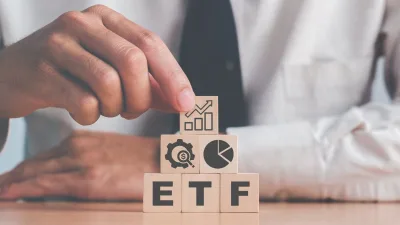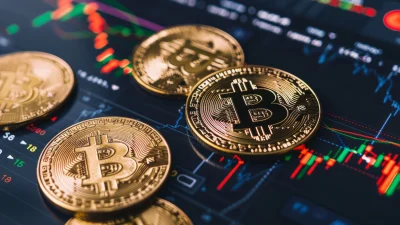Serbia included in emerging market index



Serbia’s new inclusion into JP Morgan’s Government Bond Index-Emerging Markets (GBI-EM) index offers potential for alpha in the Emerging Markets (EM) debt sector, Eaton Vance Management believes.
It would appeal to those willing to go beyond the narrow universes of common indexes, according to the fund manager’s emerging markets debt team.
The manager, which long believed that issuers outside the common EM benchmarks were a source of opportunity for managers, stressed Serbia's progress over the last decade and said that once the country moves to the local-currency benchmark in June, its 0.33% weight in the GBI-EM could attract as much as $800 million in foreign investment to the three eligible Serbian issues.
According to Eaton Vance, a former communist country committed to the hard transition to democracy and a market-based economy, would concrete on reforms such as:
- Closing or privatisation of failing state-owned enterprises;
- Restructuring and downsizing of large public utilities;
- Reducing the size of the public-sector workforce; and
- Reform of the banking sector, including a reduction of nonperforming loans.
“Rushing in with the crowd to buy bonds simply because they are now part of a benchmark highlights what we believe is one of the major flaws with index-based strategies,” the firm said.
“Investment decisions are, by definition, reactive, arbitrary and untethered to fundamental value.
“In contrast, the EM debt team first invested in Serbian debt more than a decade ago, as a result of proprietary country-level macroeconomic and political research. While this approach is time and labour-intensive, we believe it is the best process for identifying potential success stories.”
Recommended for you
LGT Wealth Management is maintaining a neutral stance on US equities going into 2026 as it is worried whether the hype around AI euphoria will continue.
Tyndall Asset Management is to close down the Tyndall brand and launch a newly-branded affiliate following a “material change” to its client base.
First Sentier has launched its second active ETF, offering advisers an ETF version of its Ex-20 Australian Share strategy.
BlackRock has revealed that its iShares bitcoin ETF suite has now become the firm’s most profitable product line following the launch of its Australian bitcoin ETF last month.












